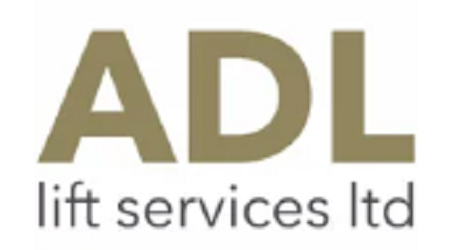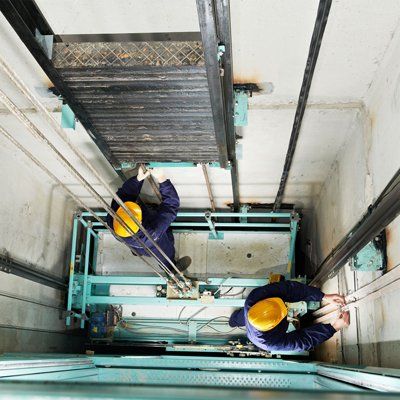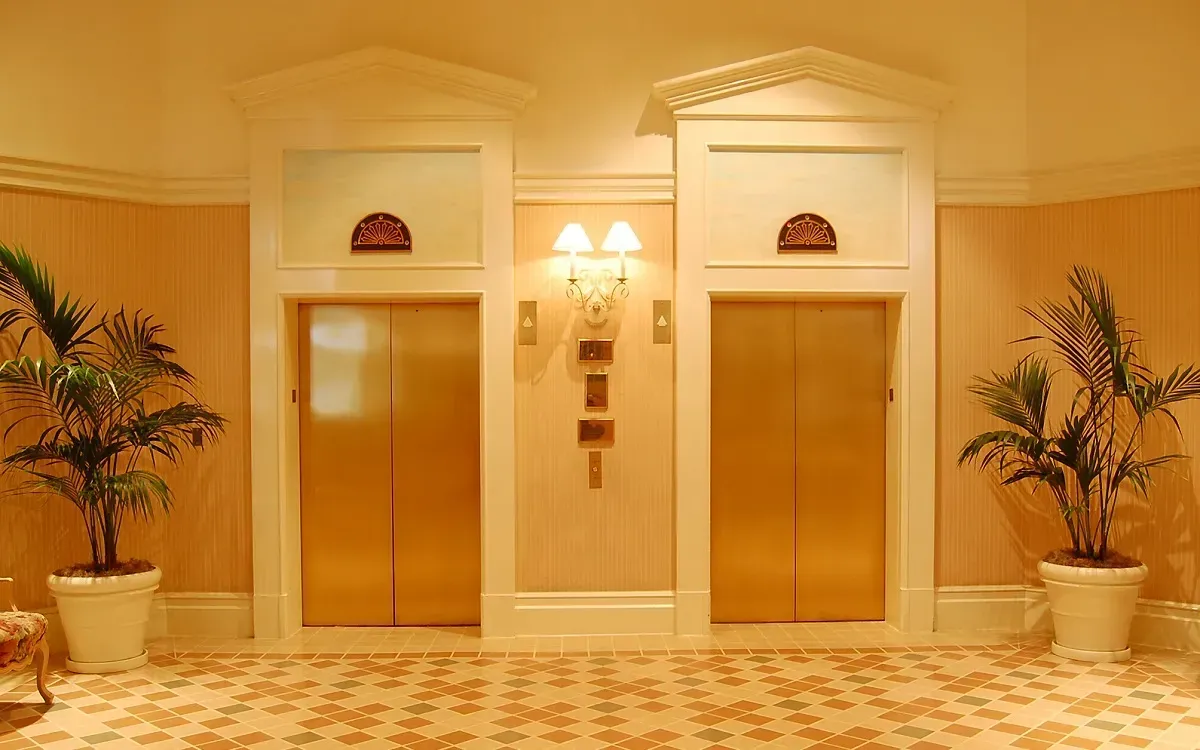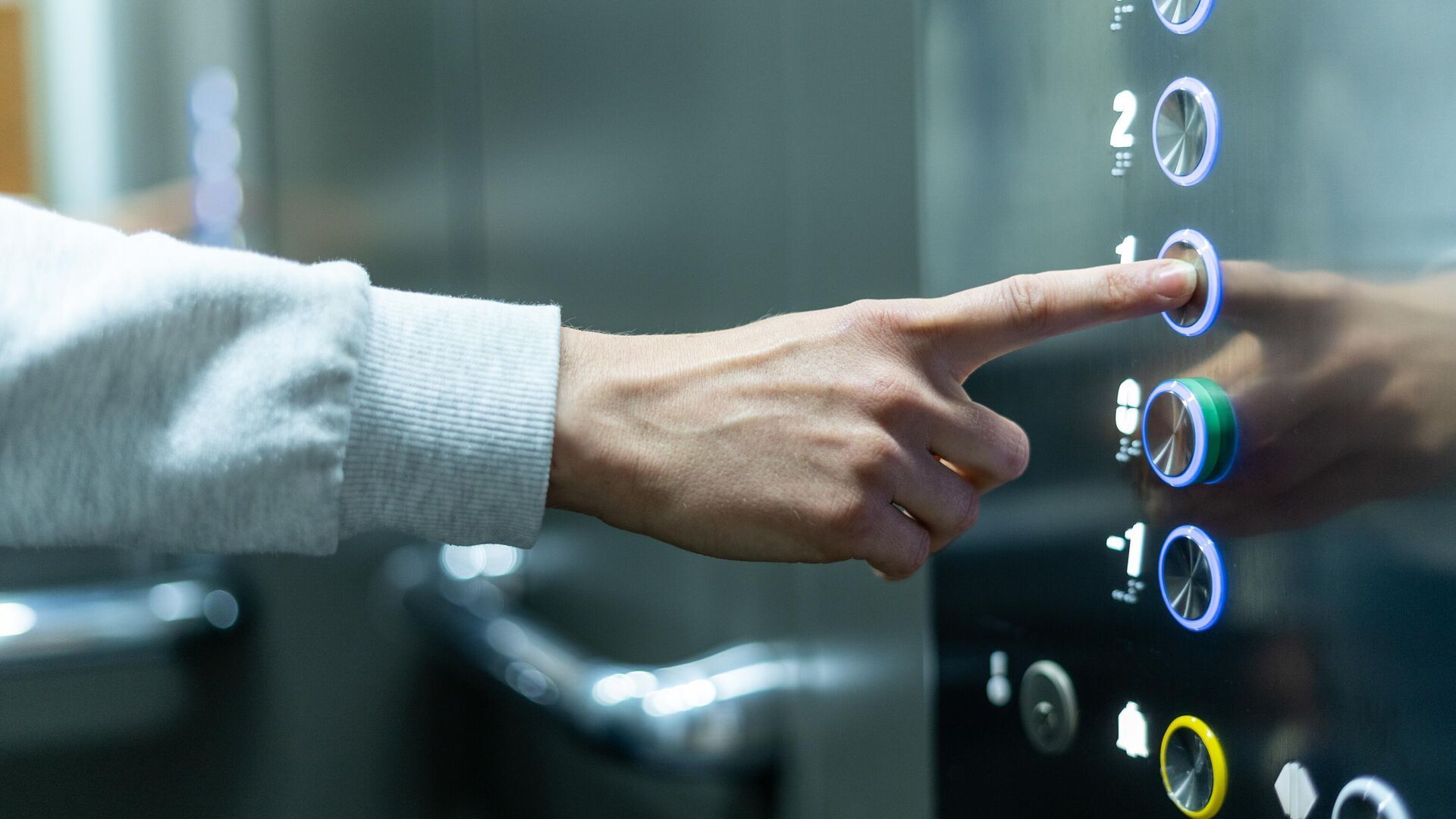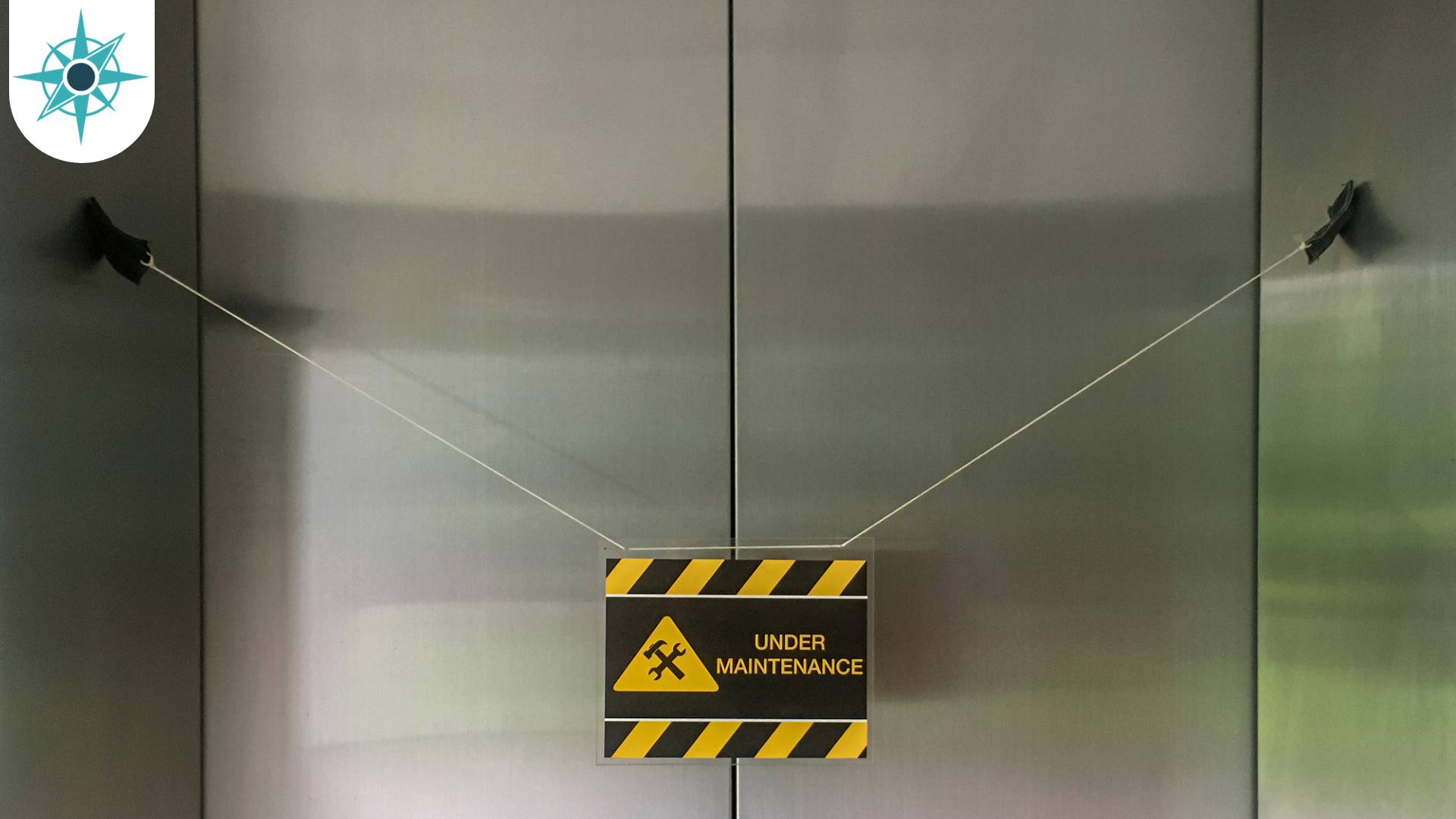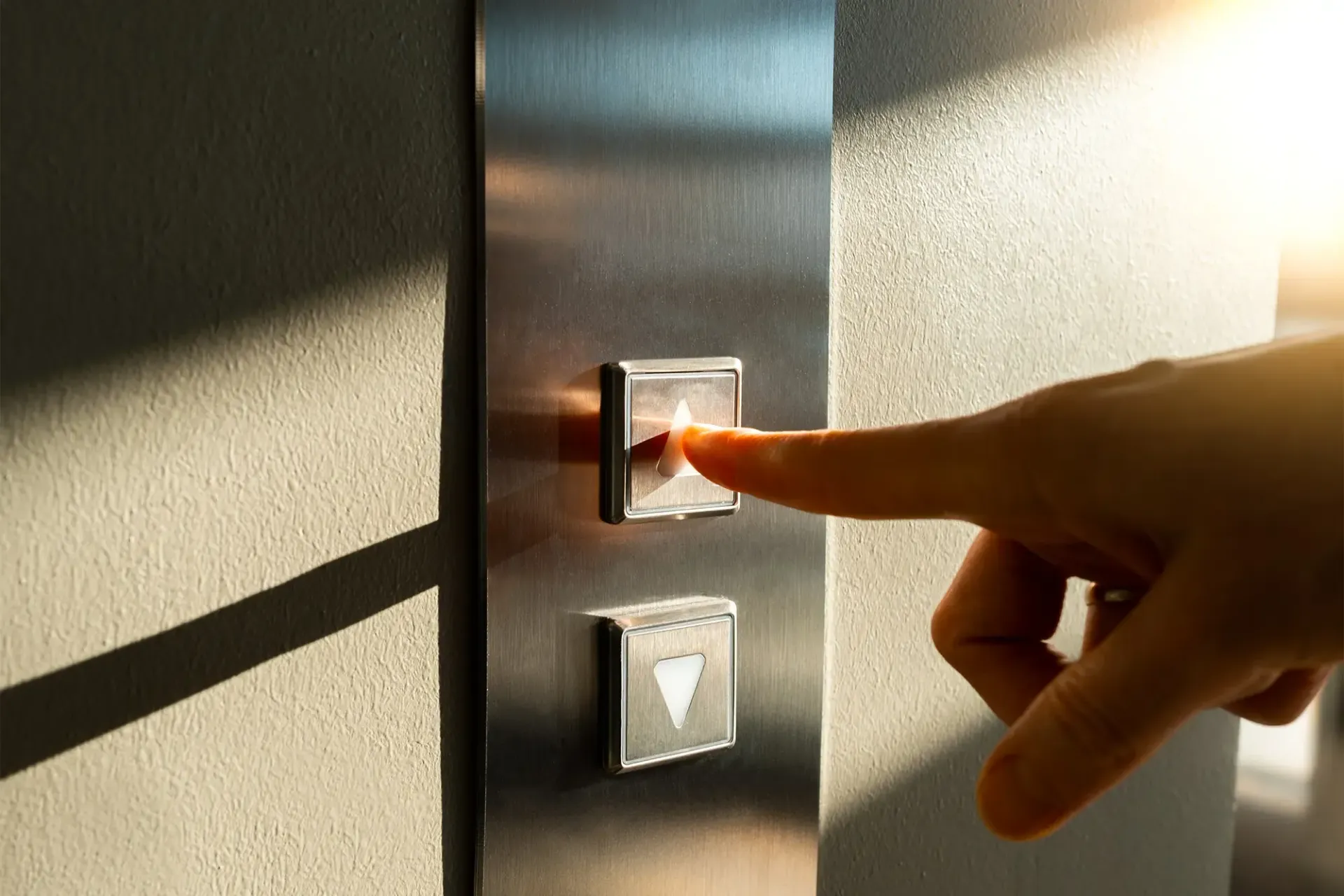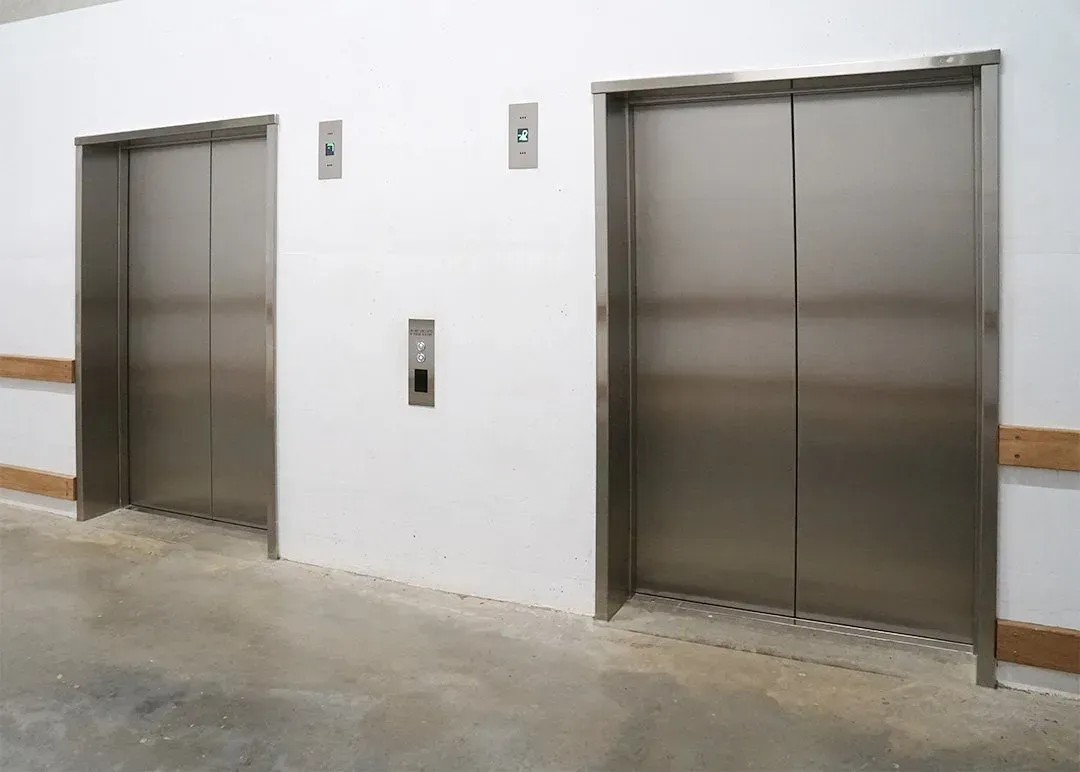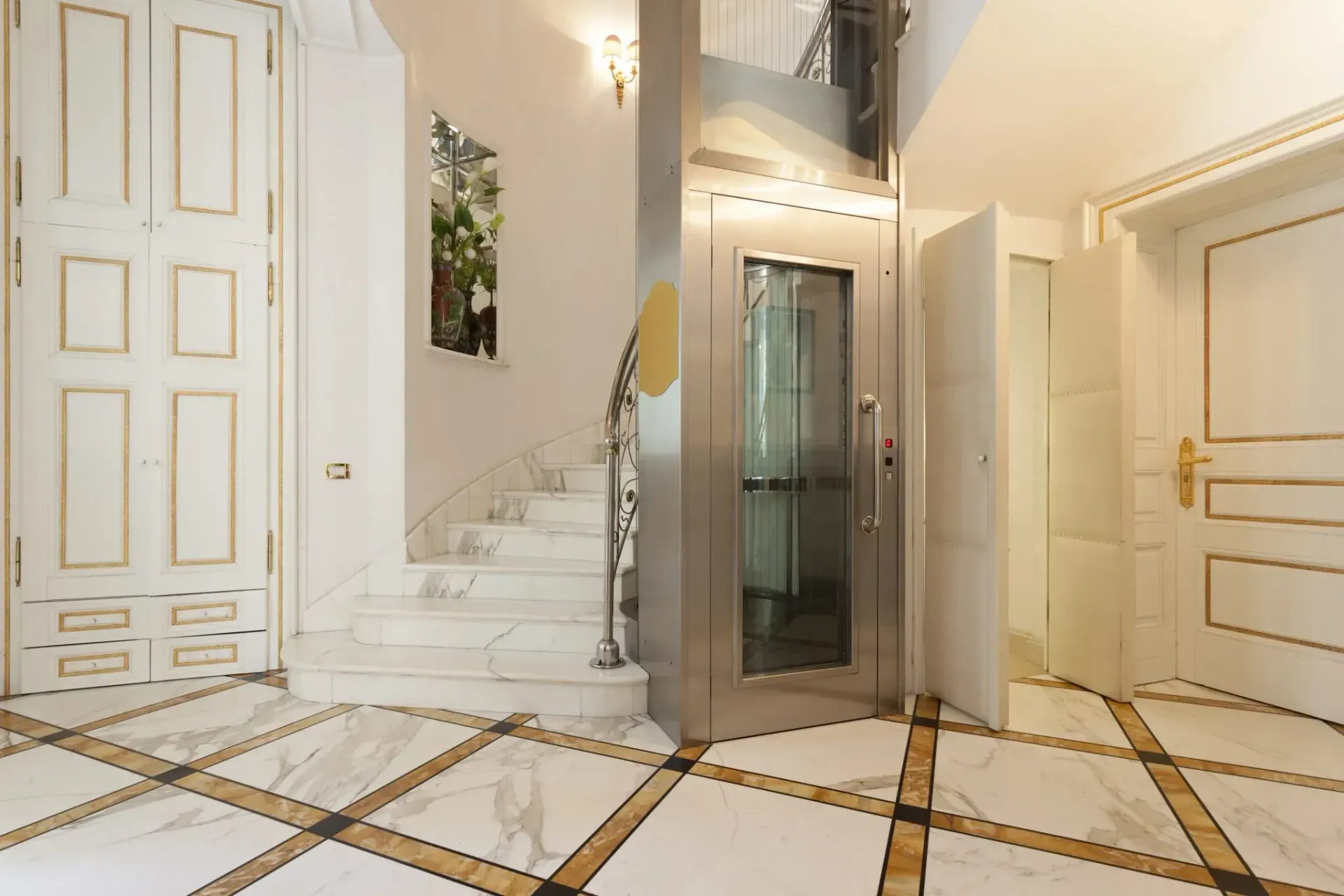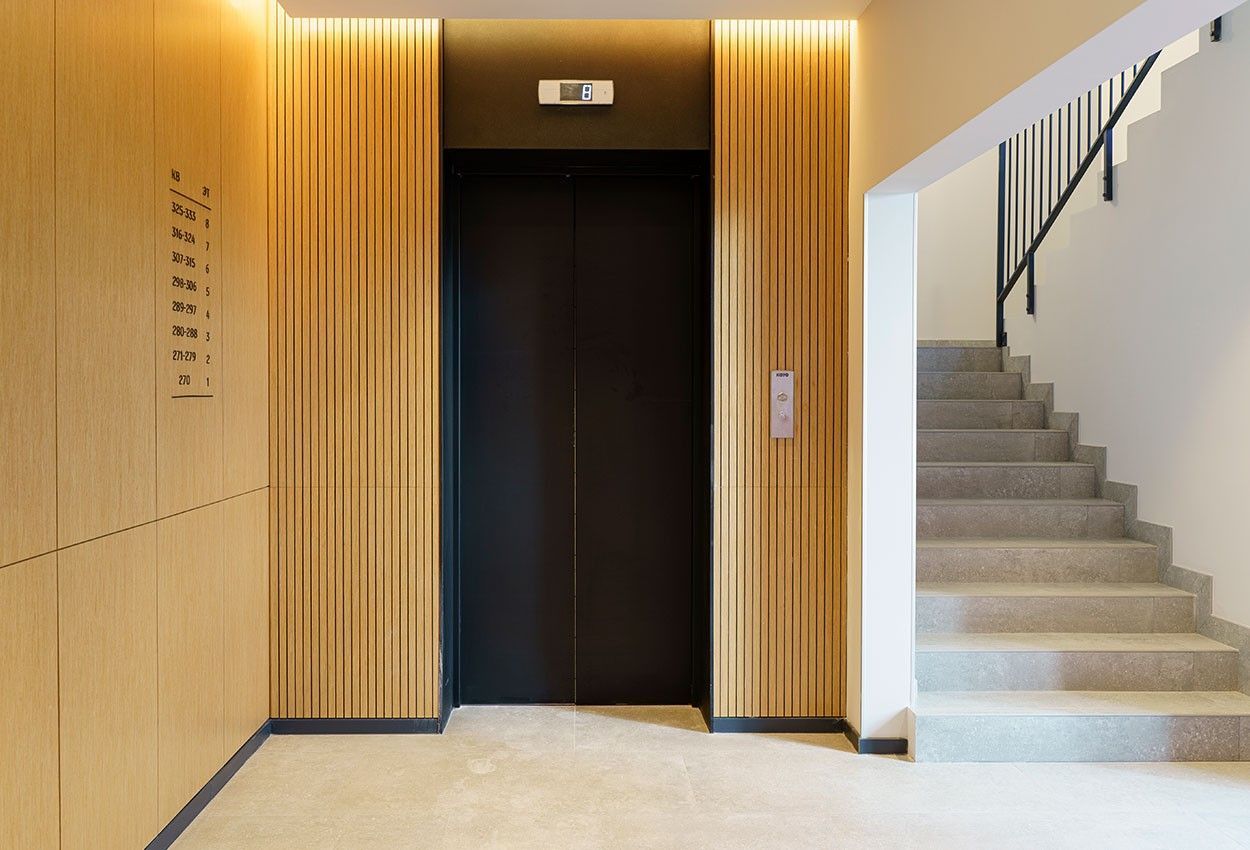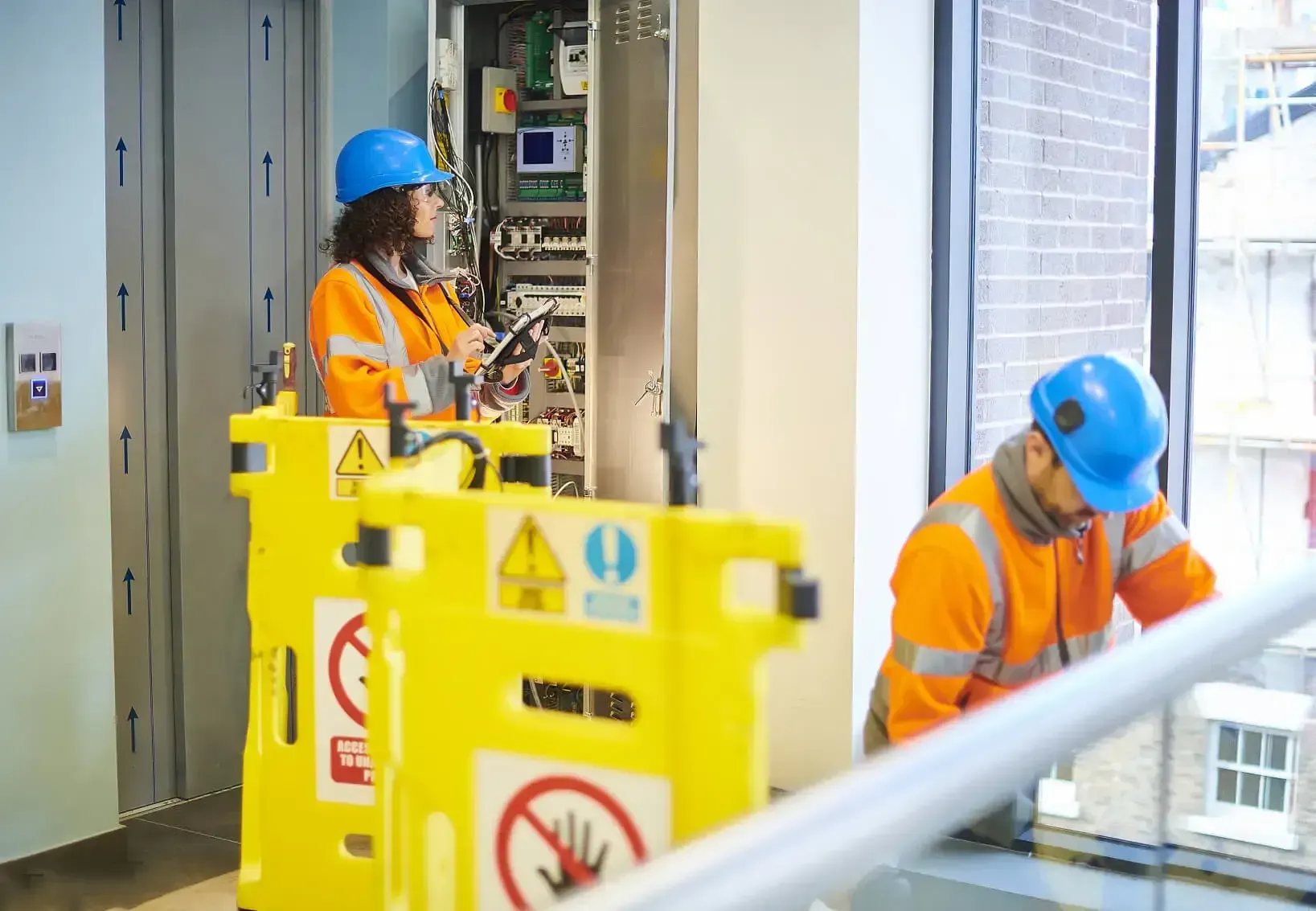How Are Lifts Built?: From Construction to Installation
Lifts or elevators have become a vital part of our everyday architecture in recent years, where they provide a welcome boost to convenience and accessibility in buildings of all kinds. Domestic lifts are increasingly becoming the norm in multi-storey homes where mobility support is required, whilst industrial lifts make it easier to move a range of cargo and stock on a commercial scale. Serving a range of purposes in both domestic and commercial environments, lifts make daily tasks easier in a variety of ways. As they are so regularly utilised, it is important that all lifts are manufactured to a high standard, where they generally must undergo regular maintenance checks and inspections. The process of elevator construction therefore demands a thorough knowledge of safety procedures and a professional level of technical skill, where engineers must be fully qualified in these areas to work on lift installation projects.
Read on for an in-depth look at how lifts are made, from initial assessments to final safety overhauls.
Assessment & Design
Before any construction takes place, a building must be properly assessed by lift engineering experts to ensure that the machinery can be installed safely. This means assessing how sturdy the floor supports are, and the electrical capabilities of the building. Additionally, it is necessary to have appropriate space to access the lift, including for cargo loading and unloading if the installation is for a commercial building. The space should also be assessed for how many lifts are required, and what capacity they need to be able to hold. It is a legal requirement for public buildings to install a lift if they are above two stories, where an assessment can ensure all access regulations are met.
If the client has opted for a bespoke product, then a design team will draw up plans for the lift, including any desired interior features. This option allows for more design control, and is especially useful if the lift is for a domestic property, where the product can be styled to fit a pre-existing interior. Alternatively, the client may choose a pre-built option, where engineers will advise on what product will best fit the space.
Building Materials & Construction
Building materials vary depending on the design for the lift, but the main construction material used for most models is steel, known for its strength and durability. Steel is used to build the lift framework, crosshead and beams, where a motorised pulley system will also be constructed. Lifts will also be built using a range of electronics, depending on the purpose of the product, where electrical panels, emergency alarm systems and overhead lighting are usually included as standard. Other interior features that may be added could include handrails, flooring panels, wall mirrors and glass doors.
Installation
The lift installation process varies according to specific design requirements, but in general the process begins with the installation of large steel columns to support the structure. The lift carriage is then lowered inside these columns, before the pulley system is installed. For mechanical lifts, a motor pulley system is incorporated into the structure, where gates and enclosures are added for commercial cargo lifts. The assembly can then take place, where the doors are installed and the interior is fitted. Finally the electrical wiring is added, to make the interior and safety features fully functional.
Depending on the client’s requirements, extra interior fittings may take place to achieve the final design specifications. Some lifts will have a floor-to-ceiling mirror fitted over the standard interior wall, which makes the space appear more open and stylish. Large public lifts could also include seating or central decorative features like planters or tables for extra comfort. Domestic mobility lifts can be fitted with interior extras that make the space purpose-built for certain access needs, where retractable ramps, handrails and additional safety features can all help to make the lift user feel safer.
Safety Features
For most lift users, safety is a top priority, where this machinery has to be trusted fully by its users. Modern lifts put safety features at the forefront of their design, where visible emergency alarms and call buttons help to put users at ease. Emergency exit hatches and visible guidelines for capacity limits also help to promote safe lift usage.
Other features are contained within the structure itself, designed to manage faults or breakages without causing harm to the occupants. These include safety breaks, break switches and emergency lighting capacities. The lift will have further emergency features that allow the lift system to respond to fire or electrical hazards throughout a larger building, where it will be linked to a bigger alarm panel in a separate location. Door sensors also make loading and unloading safer for both people and cargo, where modernised lift doors will halt their electric functions if the doorway is blocked.
Final Safety Checks
When a lift is installed or modernised, the engineering team will then carry out a series of thorough checks to ensure the machinery is working properly. This will include tests to confirm the integrity of the interior structure, as well as checks to ensure the emergency and alarm systems are fully operational. Further checks may include practice runs with different weight types and distributions, especially with cargo lift installations. Once these checks have been carried out, the installation experts will be able to sign off the lift as safe to use. A final clean of the interior will be the last stage of the process before the lift is fully open for business.
Repairs & Maintenance
Even after your lift has been installed and fully checked, it is still necessary to complete regular maintenance checks to ensure that everything is in working order. For both domestic and commercial lifts, this can include keeping a maintenance log of checks and operational problems, and booking regular inspections.
Sticking to weight and capacity guidelines will also help to keep your lift running safely, where commercial cargo lifts should only be used to transport what they are designed for. It is also recommended that lifts are cleaned with non-corrosive products to keep the interior fully functional. If a problem does occur, it is advised that DIY repairs should not be attempted, where instead it is best to contact a lift repair expert for assistance. Additionally, a particularly old lift may be in need of specialist care even if everything seems to be in working order. Technological updates and modifications can keep your lift working well for longer, and prevent any unexpected breakdowns. This will also allow out-of-date systems and electric circuits to be replaced with increasing sustainable alternatives.
ADL Lift Services: Meeting All Your Design & Installation Needs
At ADL Lift Services, we take care of everything you’ll need to equip your property with an impressive elevator system. Our experts can assess your space, create a bespoke design, install your lift, and carry out elevator repair or maintenance. We specialise in lift upgrades and modernisations, where our engineers are fully equipped to advise you on making your system safer and more efficient. Our team of highly-qualified lift experts are prepared to work with a wide range of systems and models, both in a domestic and commercial capacity. In addition to industrial cargo and passenger lifts, we can also install disabled access lifts for your home or business, where we can advise on up-to-date legal requirements for your property.
We’re happy to work with any space to create a bespoke lift model to suit your needs, where our custom lift design team is prepared to think outside the box to install your lift or to remodel your old system. Here at ADL Lift Services, we also understand that safety is just as important to our clients as a stylish design, where reliability, attention to detail, and regulatory compliance are at the heart of everything we do. We have a dedicated team of safety advisors who will be on hand throughout the entire process to ensure everything is completed to the highest safety standards, where your peace of mind is always our priority.
Contact us today to hear more about our lift installation and design work, or to enquire about our comprehensive range of maintenance services.
